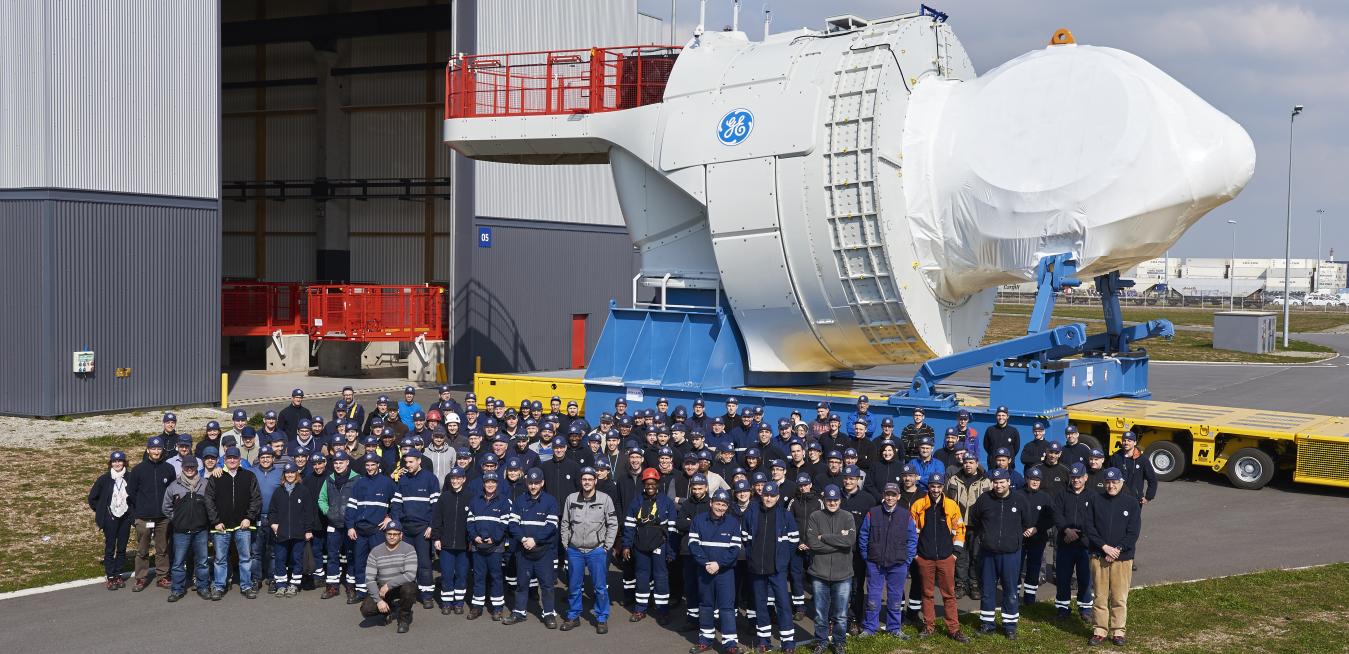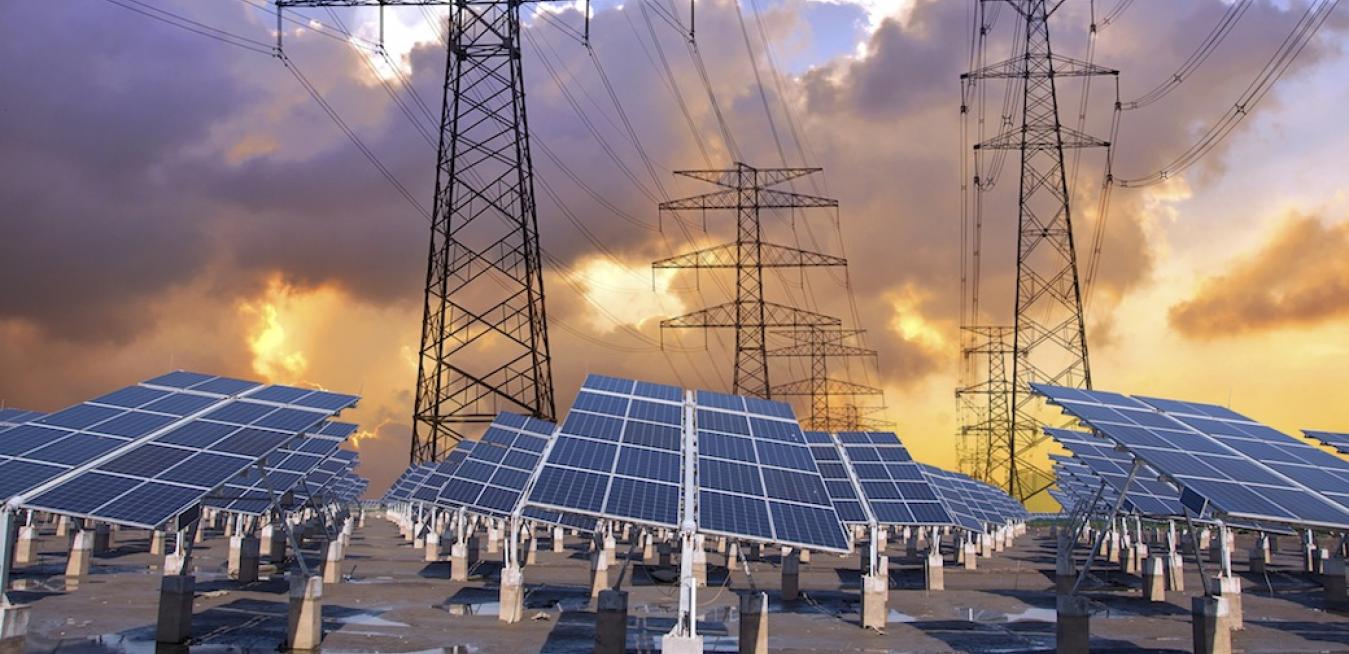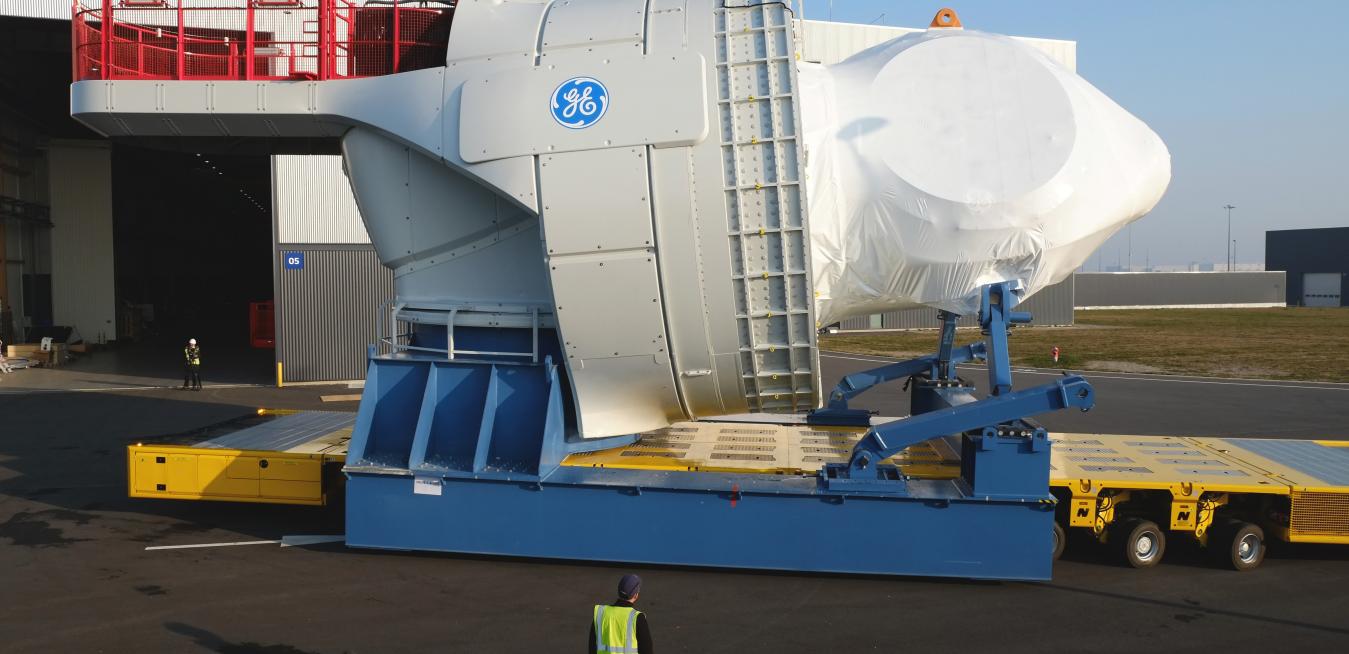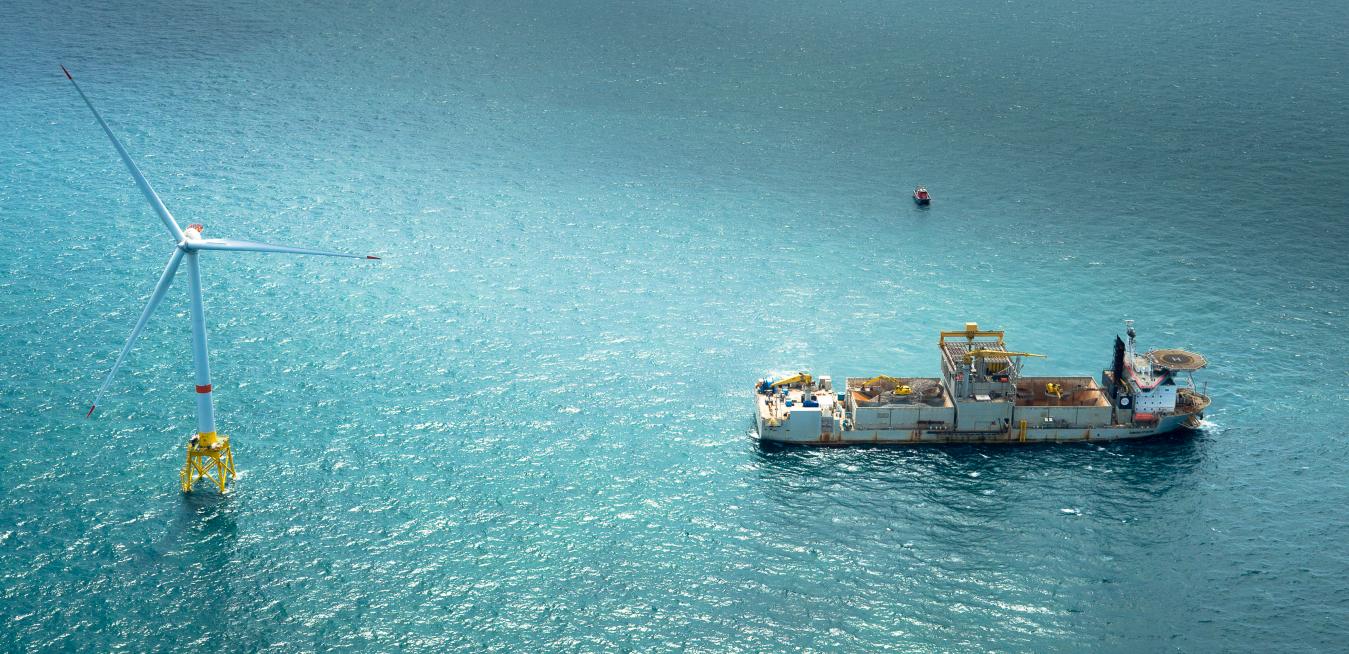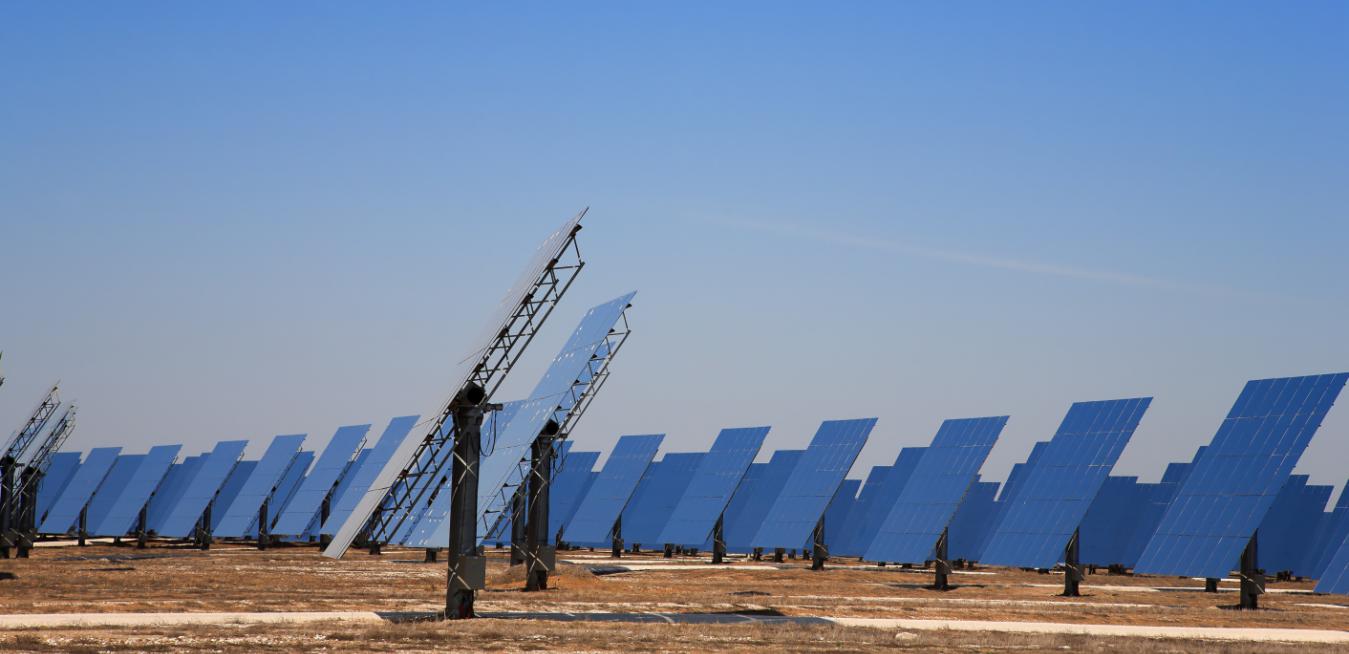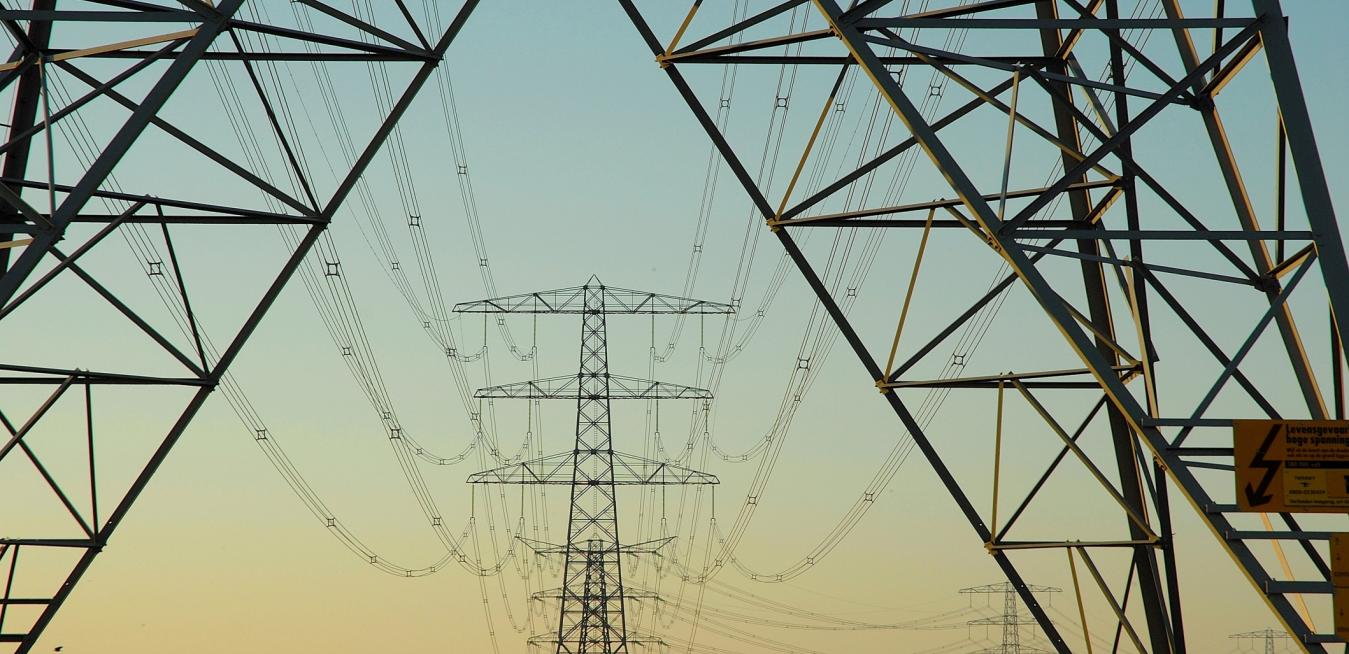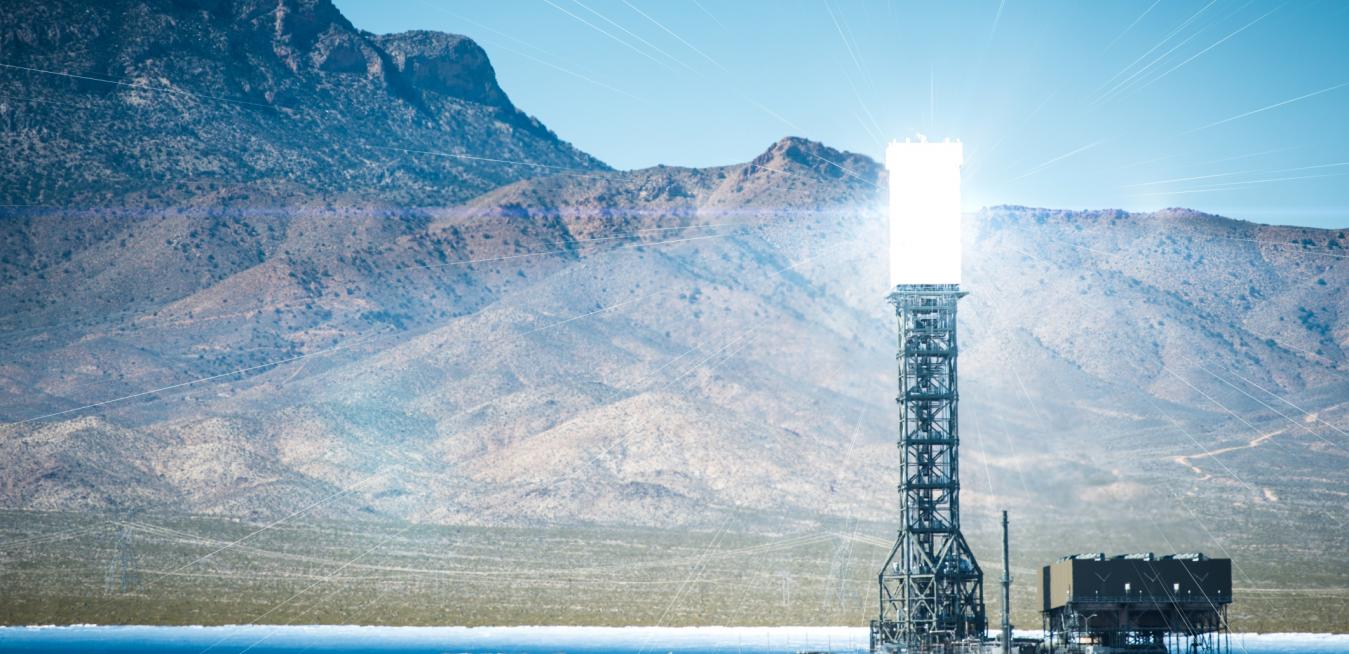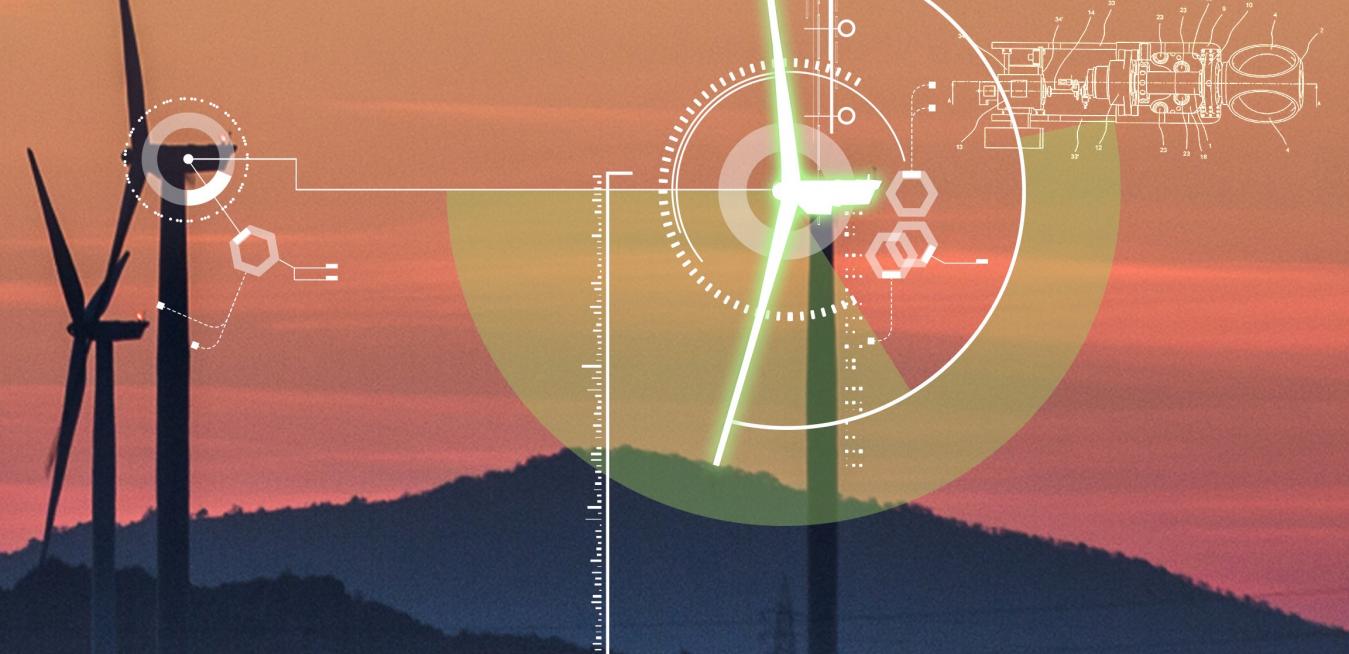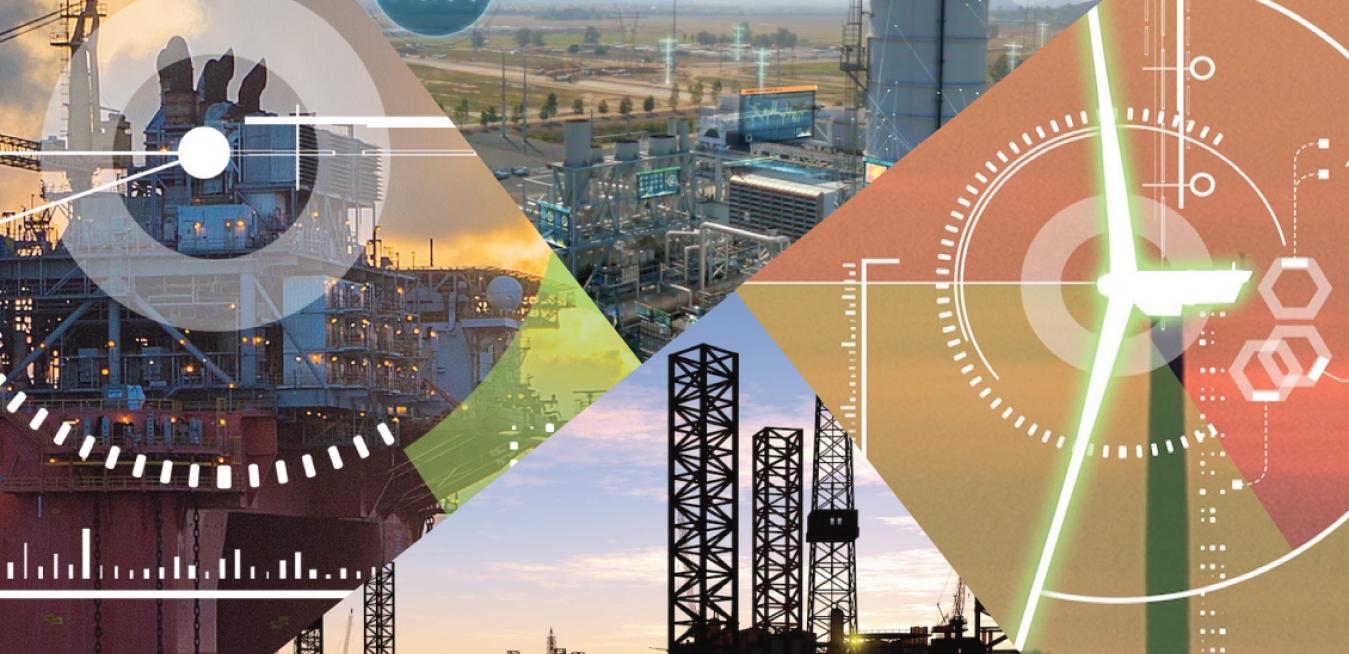Countries, provinces, cities and companies are increasing their renewable energy production targets at a rate that makes clear the transition away from fossil fuels is happening and unstoppable. But they must overcome major structural, political and perception hurdles if they hope to attain a future powered only by renewable sources.
The world’s fastest and largest liners, including Normandie and Queen Mary 2, sprung from its dry docks. The port also serves as a transit hub for the fuselage and wings that make the double-decker Airbus A380, the world’s largest passenger aircraft.
California’s energy storage development shows how, through collaboration, the private and public sector can work together to achieve sustainable energy goals.
Following the climate breakthrough in Paris, there’s reason to be more optimistic about curbing emissions. Renewables can play a key role in that effort.
This trend isn't going away. Getting all that clean electricity to homes and factories, however, is a challenging task.
Solar power is a great source of renewable energy, but as with many things in life, timing is everything. The sun doesn’t shine on long winter nights when people turn on their lights. On the other hand, a sunny Sunday afternoon can produce an ample electricity surplus that’s difficult to store.
“That’s the grand challenge,” says Stephen Sanborn, senior engineer and principal investigator at GE Global Research (GRC). “We need to make renewable energy available to the grid when it is needed.”






